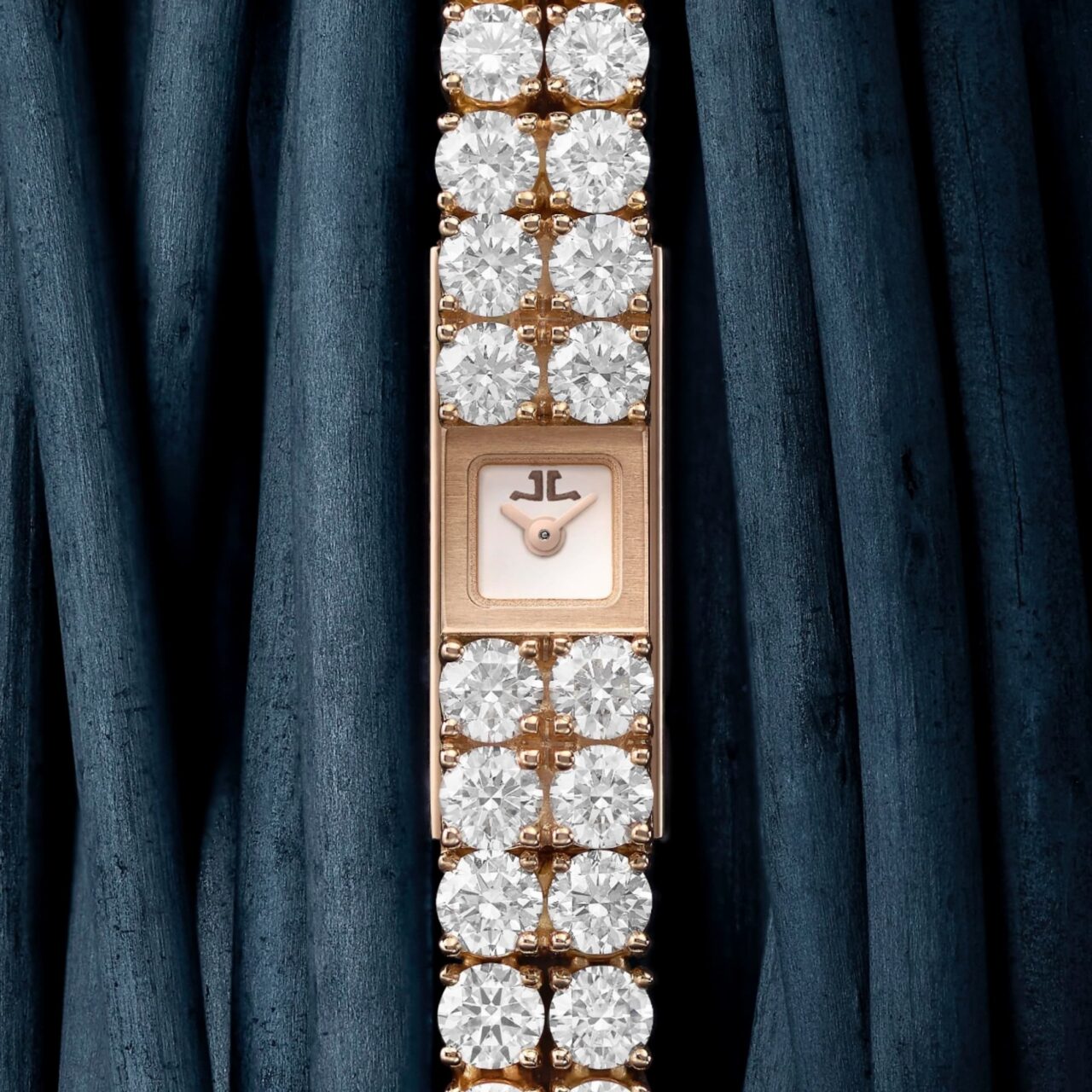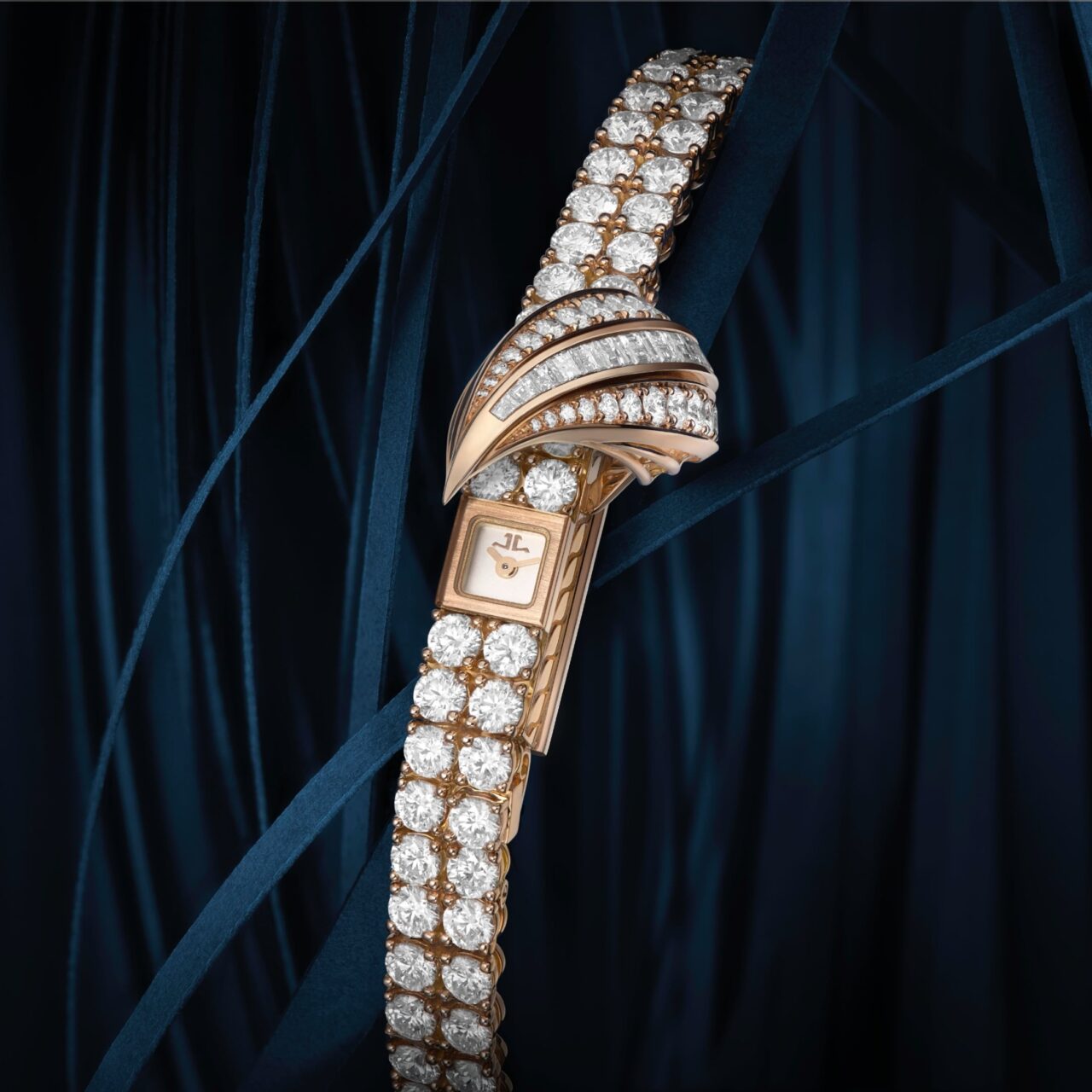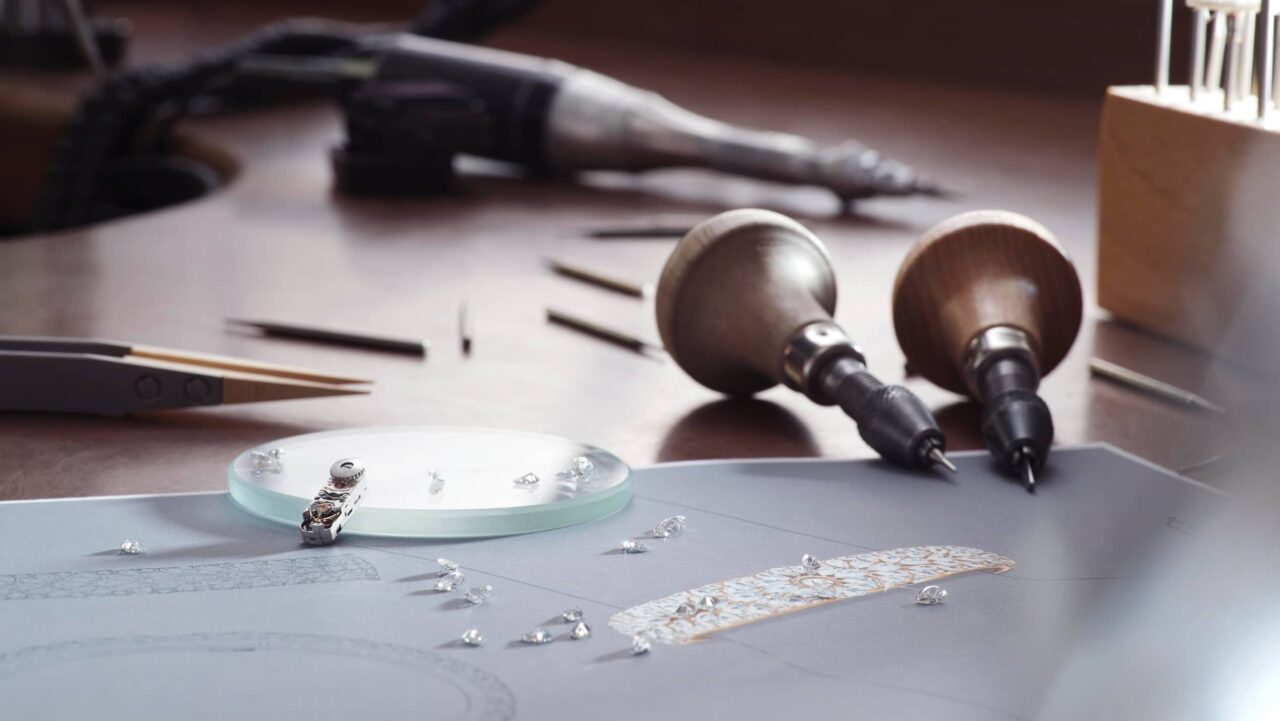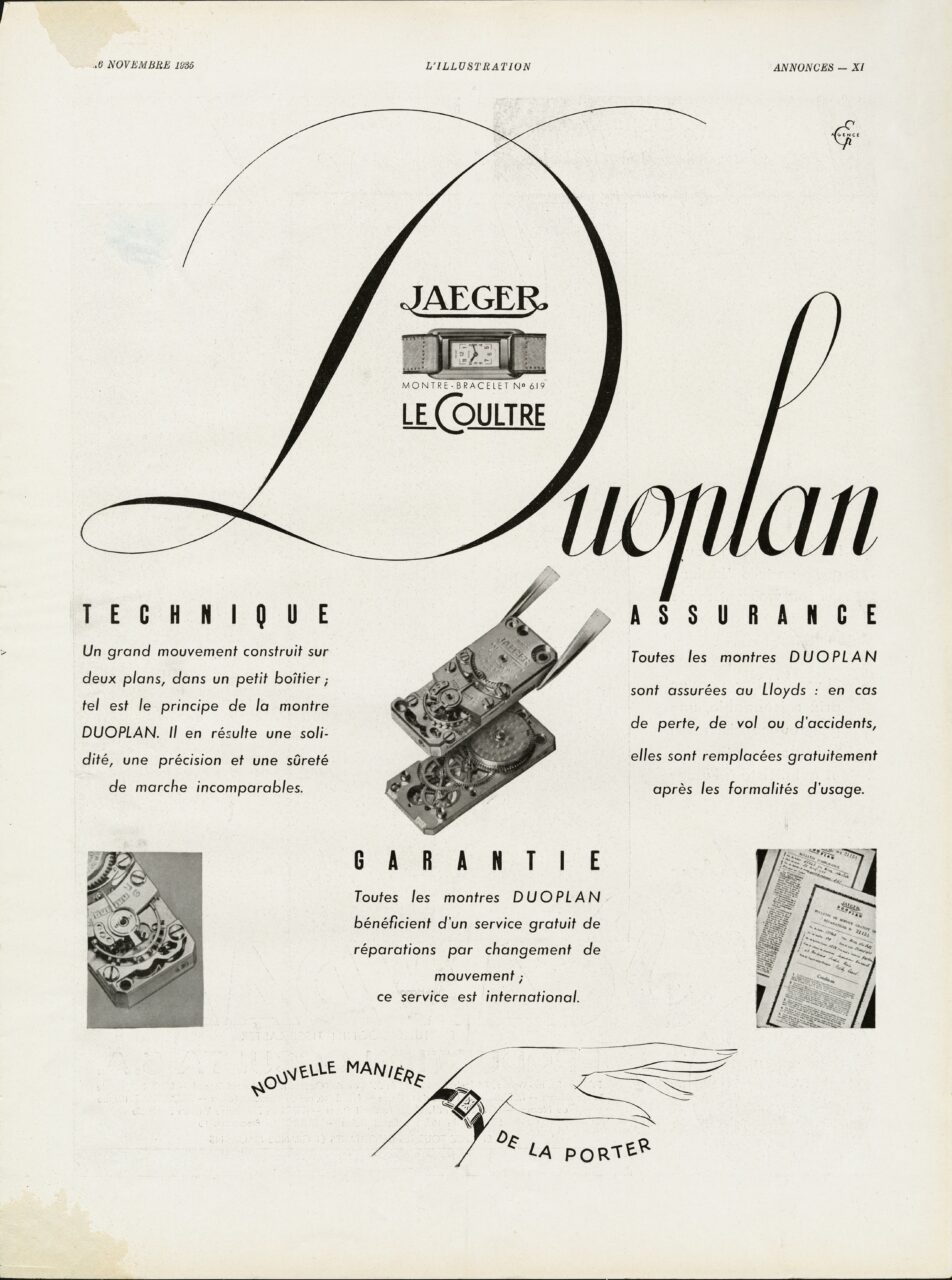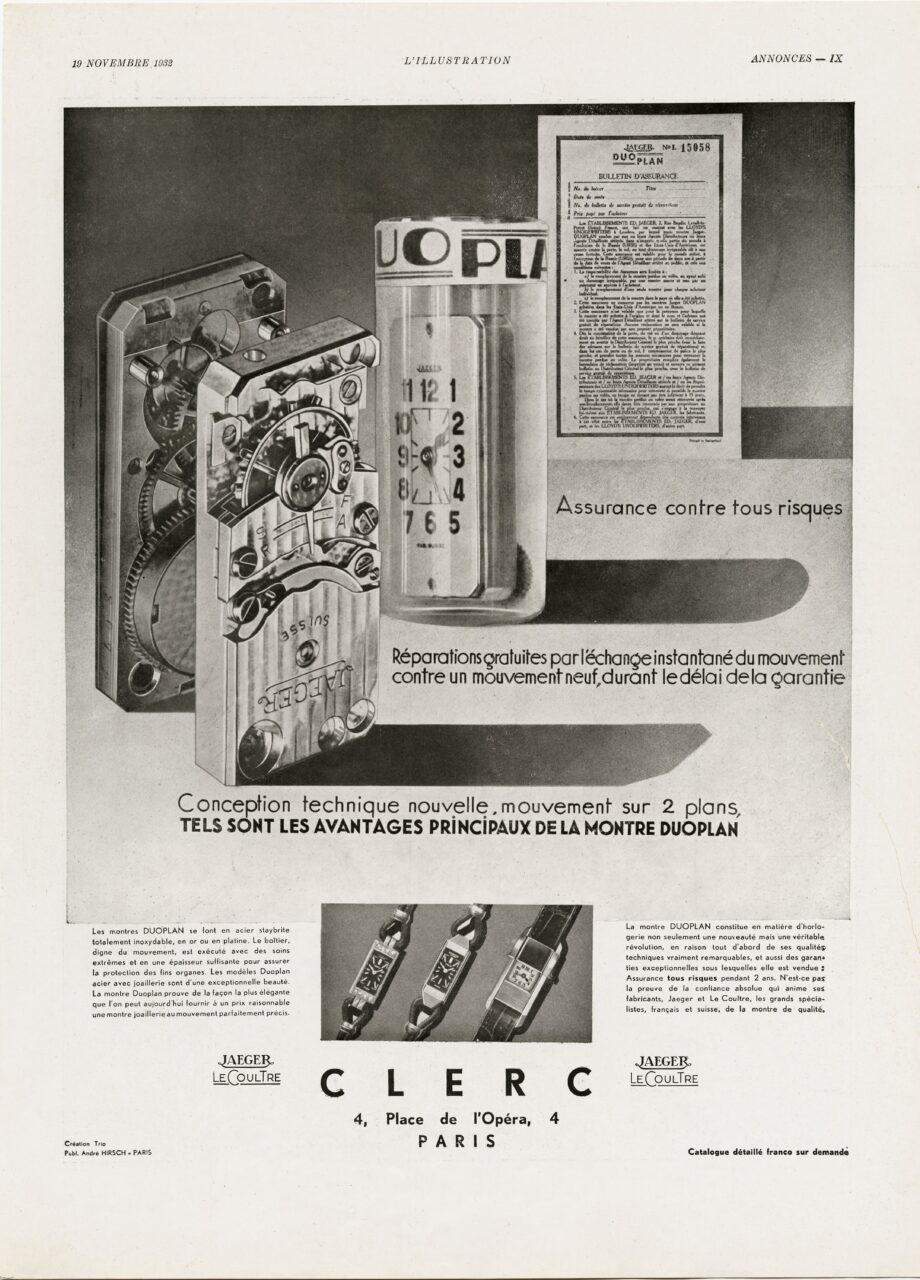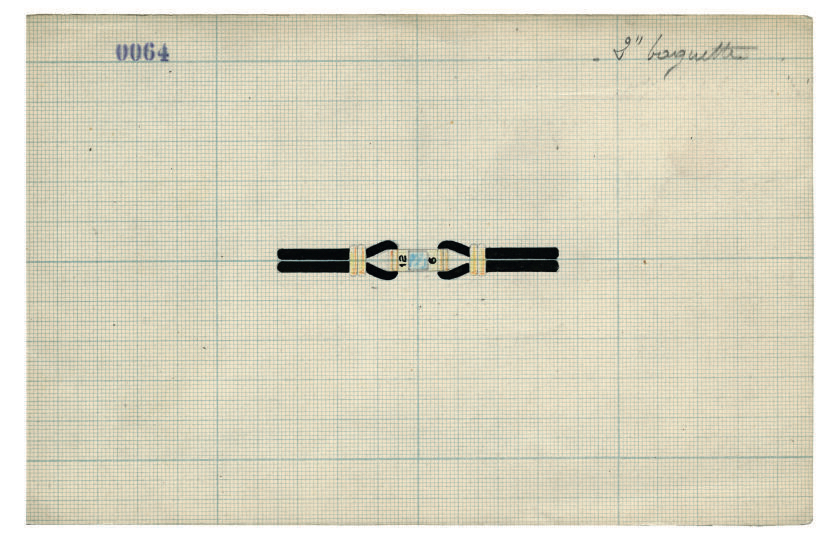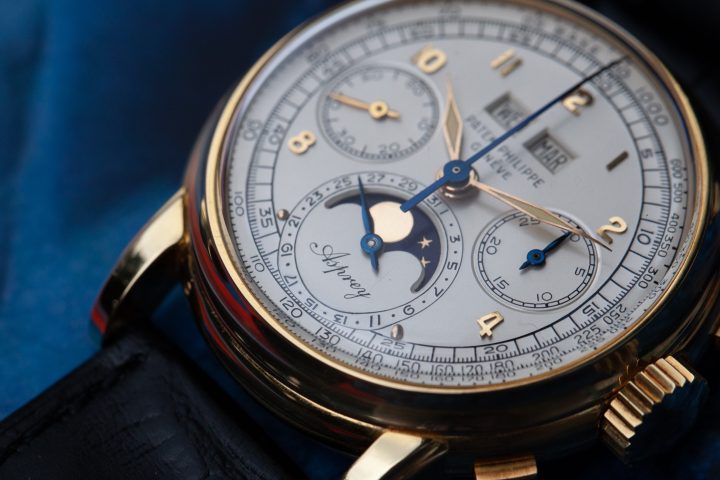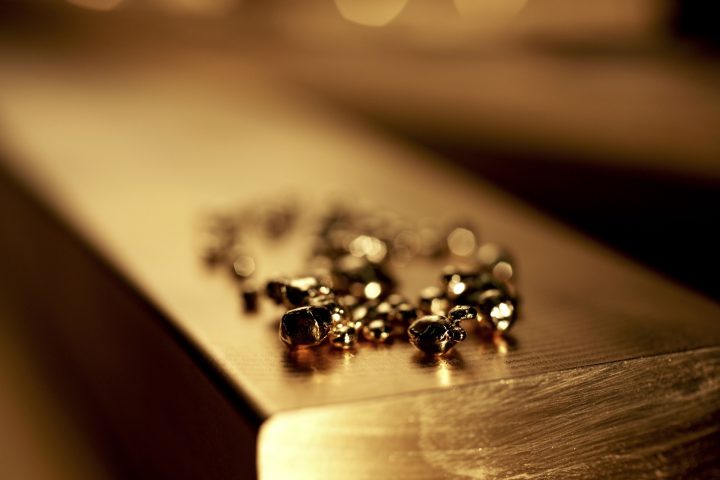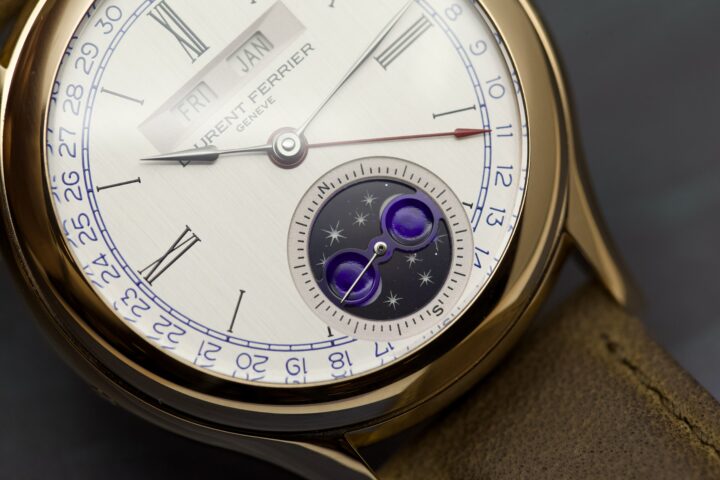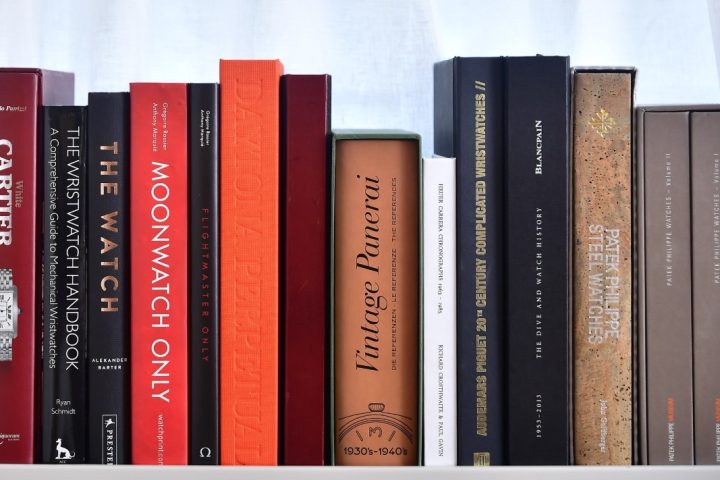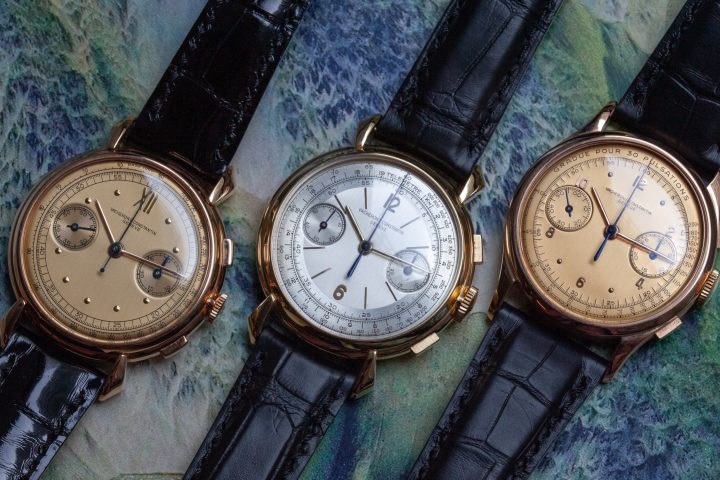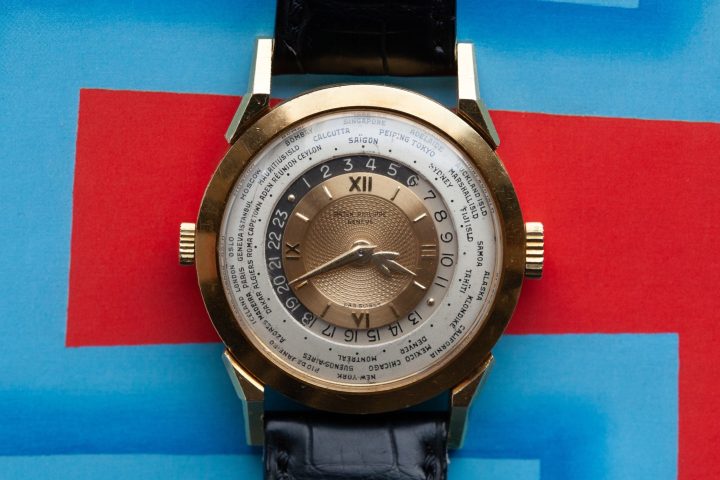In the relentless pursuit of horological thinness, records seem to fall every few years. Brands push boundaries with ever-slimmer cases and movements, each claiming a fleeting moment as “the world’s thinnest.” Yet, amidst this constant churn, one record stands unassailable, a testament to the near-impossible miniaturisation achieved nearly a century ago: Jaeger-LeCoultre’s Calibre 101 remains the world’s smallest mechanical watch movement. And it has held this title since 1929.

The foundation for this extraordinary feat was laid generations earlier. In 1844, Antoine LeCoultre, the maison’s visionary founder in Le Sentier, invented the Millionomètre. This wasn’t a watch, but a revolutionary instrument capable of measuring down to the micron (one-thousandth of a millimeter, or 0.001 mm). In an era before standardised industrial processes, this ability to measure and manufacture components with such extreme precision was unheard of. It shifted watchmaking from individual craftsmanship towards repeatable accuracy, enabling the processes that would define JLC’s future.
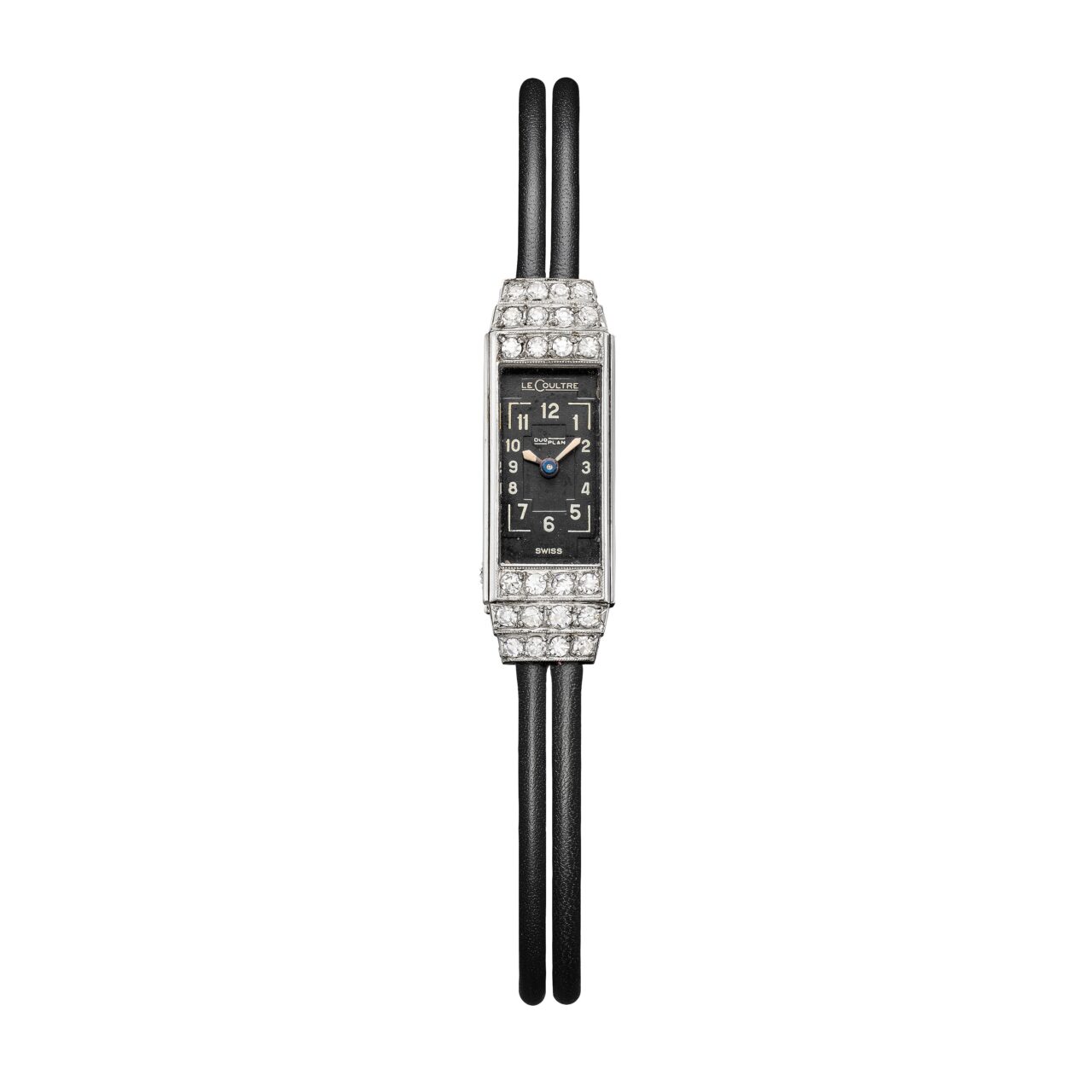
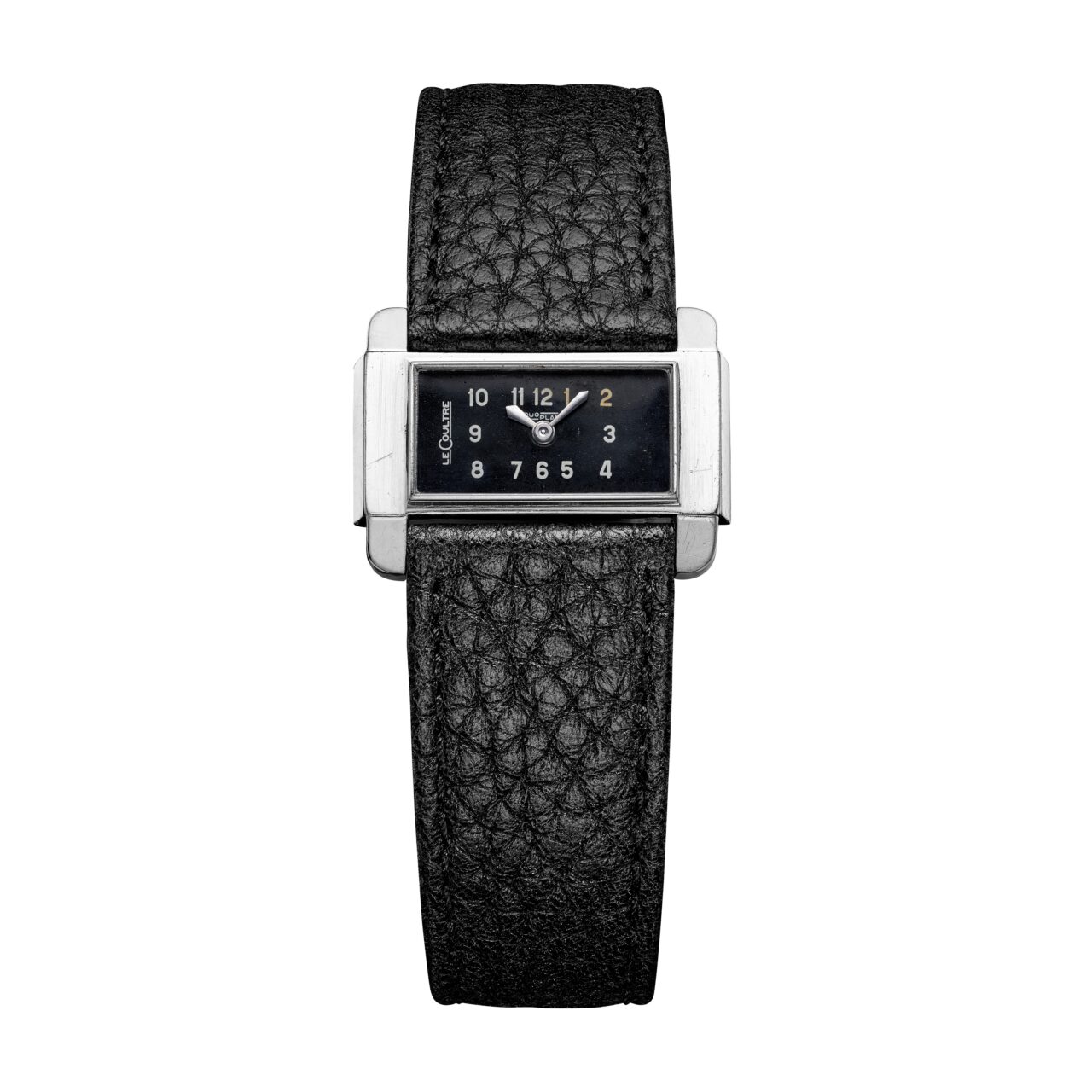
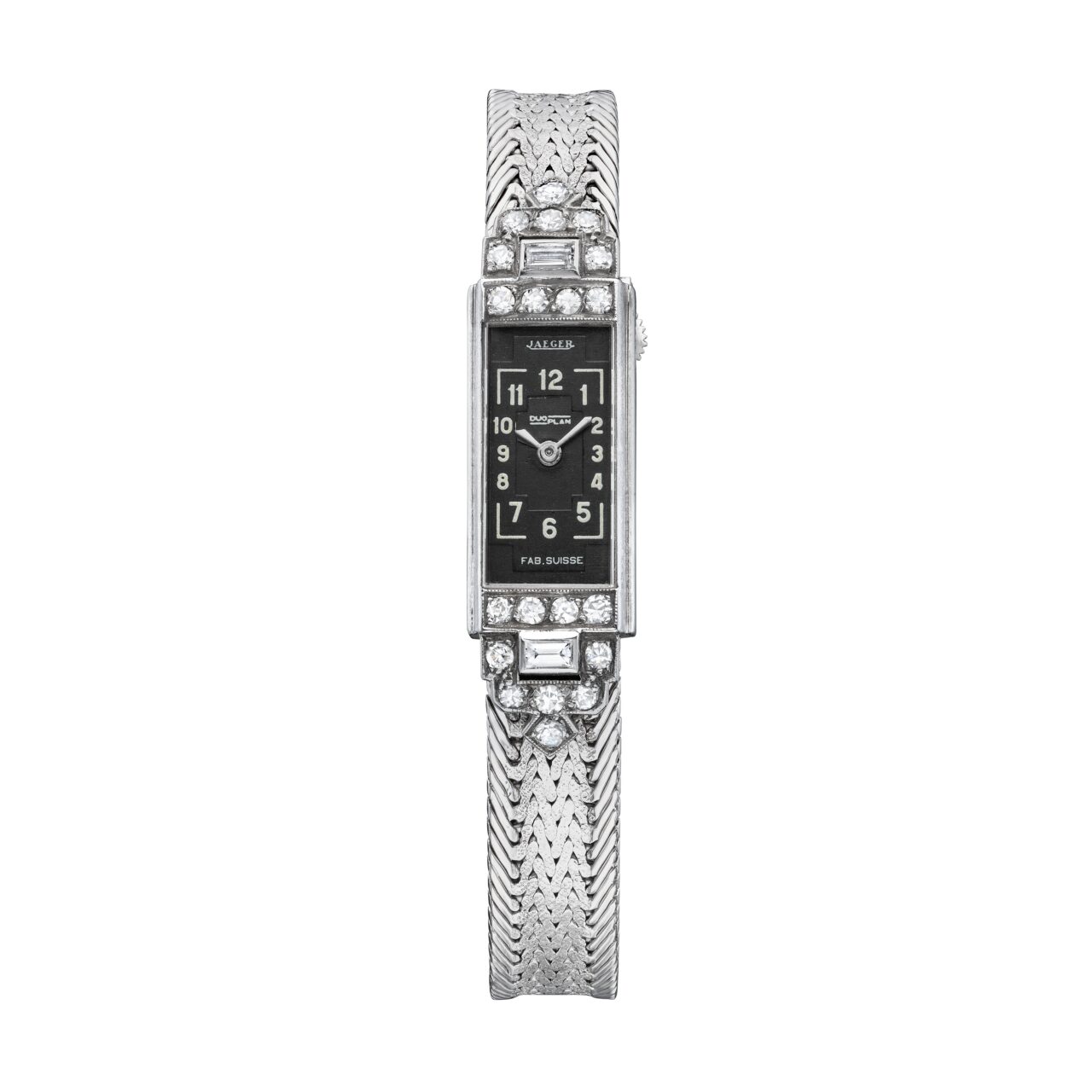
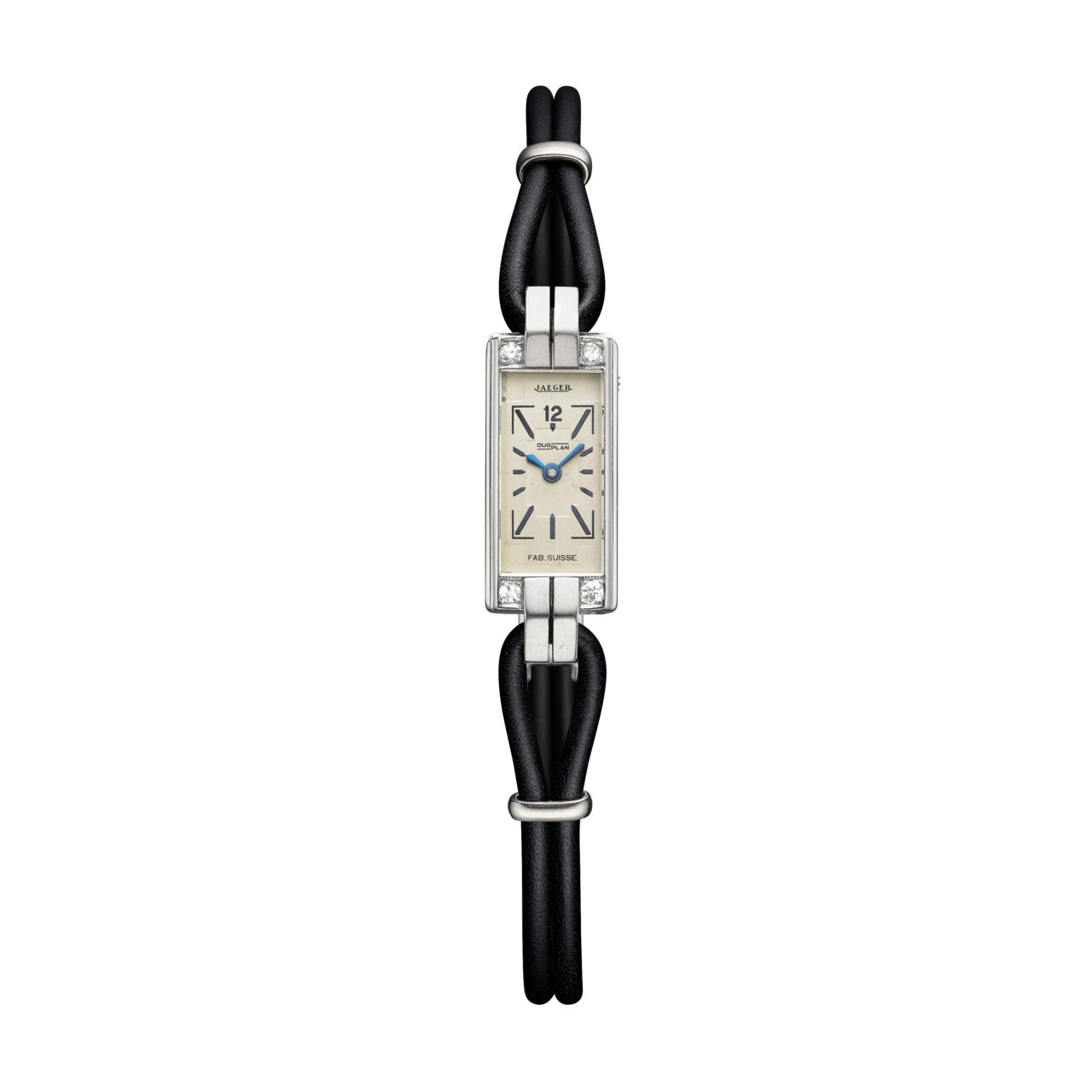
Fast forward to the early 20th century. Antoine’s grandson, Jacques David LeCoultre, merged the family firm with Parisian watchmaker Edmond Jaeger in 1903, forming Jaeger-LeCoultre. One of their early collaborative innovations was the Duoplan; introduced in the 1920s, this ingenious concept addressed a key challenge of making small movements robust enough for wristwatches. Duoplan did this by splitting the movement architecture across two distinct levels, stacking components vertically to save crucial horizontal space.
The Duoplan concept reached its absolute pinnacle or rather, its most profound minimum in 1929 with Calibre 101, which was a leap in watchmaking history. Reorganising and miniaturising components to the extreme limits of contemporary possibility, JLC created a fully functional mechanical movement measuring a scarcely believable 14mm in length, 4.8mm in width, and a mere 3.4mm in thickness. To grasp its scale, imagine the movement is around the size of a USB type-C plug.
Its diminutive size is only half the story. The original Calibre 101 comprised no less than 78 parts, including its signature two main plates, all meticulously assembled in a form of complete watch movement that includes main barrel, escapement and balance wheel.
Remarkably, Calibre 101 isn’t a museum relic, and remains in production today, a living piece of horological history. While continuously refined over its 94-year lifespan – the current iteration features 98 components, beats at a modern 21,600 vph (3Hz), and offers a 33-hour power reserve. Its fundamental architecture and record-holding dimensions remain unchanged.
In a world obsessed with breaking records, Calibre 101 stands apart. It isn’t just the industry’s smallest, it’s a symbol of enduring technical mastery, proving that some achievements are simply timeless.
